When Sat Nav's Lead Lorries Astray!
Lorries getting into trouble and causing chaos in the small country roads of Great Britain have been making headlines again. The Telegraph ran an article recently about how large HGVs are destroying village roads and damaging houses when their drivers try to take a short cut to avoid traffic on the main roads or get “led astray” by their Sat-Navs!
You do not have to go very far on the internet to discover hundreds of videos on YouTube showing lorries getting stuck under bridges or wedged between houses. Whilst a lot of this content is amusing and no doubt is a winner with its internet audience, there is a very serious side to these incidents.
Richard Turfitt, Senior Traffic Commissioner recently issued a statement saying that bridge strikes and vehicles getting stuck on roads that are not suitable for HGVs remains a serious issue and stressed that operators and drivers who fail to observe appropriate prevention measures could be subject to significant regulatory action. This statement was on top of previous ones Mr. Turfitt had made in 2019 and 2020 when he stated that the use of personal satellite navigation devices should be prohibited among drivers of large vehicles by their employers.
The Senior Traffic Commissioner’s Statutory Document on Driver Conduct makes clear that if a Traffic Commissioner is notified of a vehicle colliding with a bridge or other infrastructure on the roads with carelessness or negligence as the cause, a starting point for action against the driver is “revocation of their vocational entitlement and disqualification for six months”.
Cost of Bridge Strikes?
Network Rail state on their website that bridge strikes by large vehicles cost the UK tax payer around £23 million per year and they cause long delays to train services affecting many thousands of people when they happen. On average there are around 1,800 bridge strikes per year in the UK with the peak times for them apparently being March and October. Network Rail states that their research has shown that an astonishing 43% of large vehicle drivers admit to not measuring their vehicle before heading out on the road and 52% admit to not taking low bridges into account when planning routes.
Recent “landmark” legal cases mean that Network Rail now claims back costs from hauliers of any bridge strike, and they clearly state on their website that they aim to claim back 100% of the costs of all repairs and downtime to the network. At an average cost of £13k per bridge strike that could mean that any driver involved in such an accident will be giving their employer a significant financial headache to deal with even if the operator is covered by its insurance policy.
Network Rail has issued a document advising drivers how to avoid a bridge strike which can be accessed by clicking here.
The consequences of a bridge strike for a transport operator could be any of the following:
- Fines and repair costs from Network Rail for repairing a rail bridge.
- Death or serious injury to the driver, or to passengers and other road users.
- Negative publicity for the transport operator
- Costs for train delays as a result of striking a rail bridge.
- Litigation from other vehicles or passengers involved.
- Prosecution by police, followed by;
- Being called up to a Public Inquiry and the operator’s driver being called to a driver conduct hearing by the Office of the Traffic Commissioner.
Lorries versus Country Roads
The annual cost to the UK economy of large HGVs and vehicles getting stuck in the narrow and winding country roads across the country is not so clear cut, but a quick internet search produces with many examples of (mostly) lorry drivers who have missed the “No HGVs” sign and blindly followed their Sat-Nav through tiny villages where eventually they get stuck!
This incident was in Cornwall where a truck coming from Peterborough got stuck in the small roads of Forder near Saltash in Cornwall. From press reports the lorry was carrying seed to a farm, but the driver apparently missed the farm entrance and despite a “No HGVs” sign continued down the narrow lane. An 80-tonne crane was needed to remove the trailer, and power cables in the location had to be removed to allow the crane to gain access to the trailer and the cab, which meant power to the village had to be cut. The road was blocked for over 3 days because of this error. The news reports do not detail who had to pay for the recovery, but it is likely that even if it was the HGV operator’s insurance that picked up the bill, the operator will end up paying for such incidents in the end through higher insurance premiums and/or reduced insurance coverage.
How to Avoid Such Incidents?
Knowing the height of your vehicle before you get in and drive is the key to ensuring that these type of incidents do not occur. Similarly, planning a route to avoid narrow roads and low bridges, including knowing where these “obstacles” might be in case of a diversion or needing to avoid heavy traffic is also good practice. Finally, ensuring that none of your drivers use personal Sat-Nav or smart phone navigation apps to plan their routes but have a commercial vehicle guidance system or even a good old fashioned road map (provided it is referred to properly and in advance) should ensure that you as an operator will not become yet another ‘OMG’ video clip on social media and more importantly will not end up having to attend a hearing before the Traffic Commissioner at which your Operator’s Licence may be at risk of serious regulatory action.
As always if you need help or advice on any aspect of this article, or any other issue that might be affecting your transport operation then call us now on 01279 818280 or click here to send an email and let our team of expert solicitors get you on the right road. We are here to help.
© Richard Pelly, November 2024
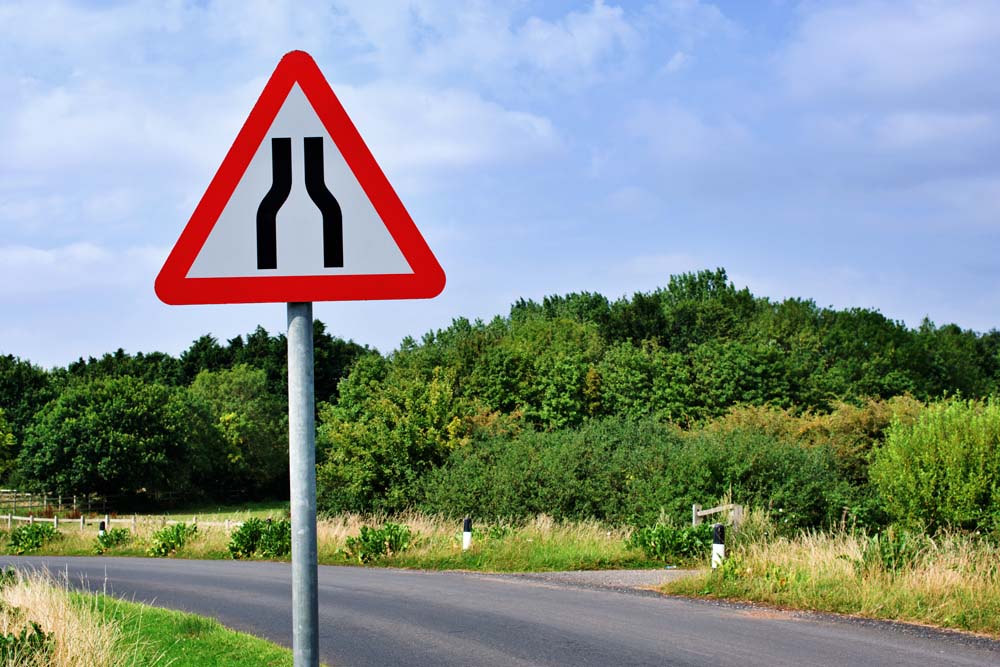
Latest Coach & Bus Industry News and Insight

New Rules for Vehicle Operators and Drivers Carrying Out International Journeys
The Department for Transport and the Driver and Vehicle Standards Agency recently issued a bulletin regarding the new rules that vehicle operators and their drivers will have to comply with if travelling on international journeys…
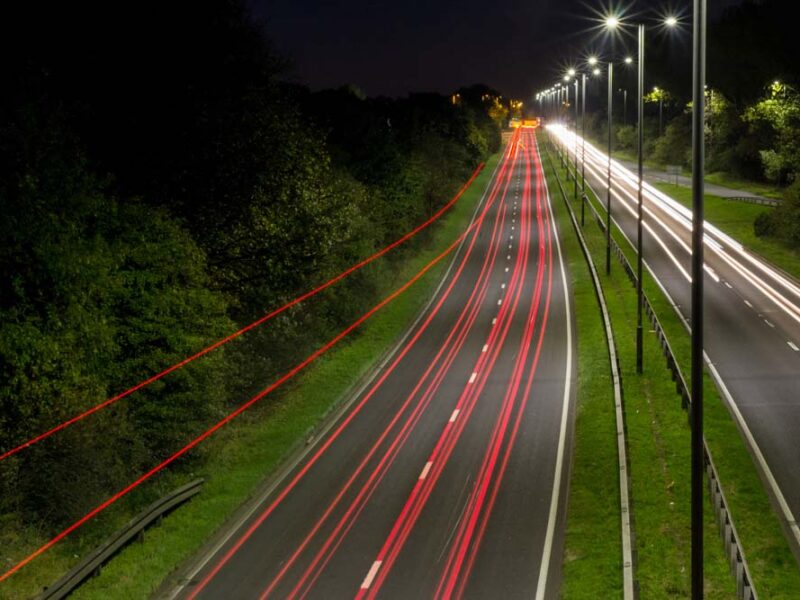
Road Haulage Association Members and DVSA Leadership Work Shadow Each Other!
To help highlight the Road Haulage Association’s “National Lorry Week” which this year was between 4th and 8th November 2024, the Road Haulage Association and the DVSA’s Leadership team decided to spend some time work shadowing each other….
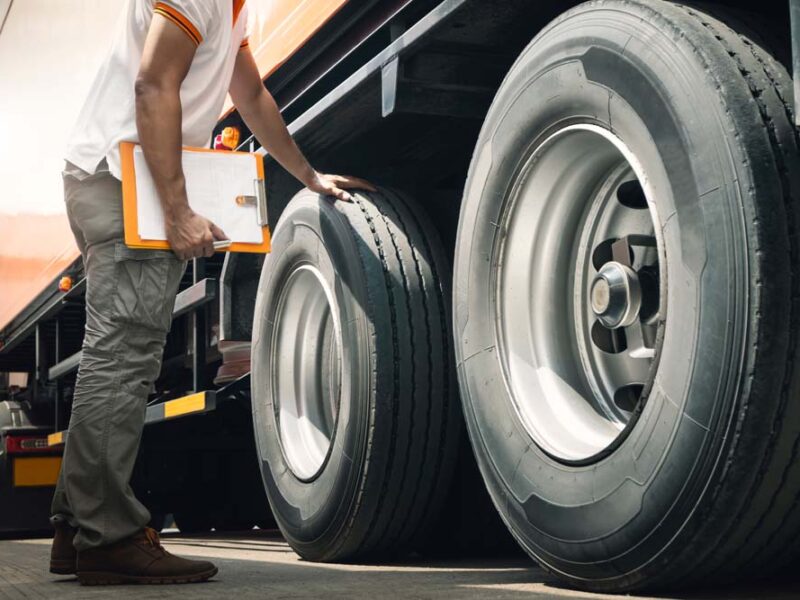
2024 Update to Guide to Maintaining Roadworthiness (GTMR)
The Guide to Maintaining Roadworthiness is the Driver & Vehicle Standard Agency’s (DVSA) standard produced in collaboration with key industry stake holders which explains the responsibilities and systems involved in maintaining vehicles in a roadworthy….

New Driver CPC Reforms to be in Force from 3rd December 2024
Following a very lengthy consultation period on this matter launched in early 2023, Parliament finally debated the “Vehicle Drivers (Certificates of Professional Competence) (Amendment) Regulations 2024” on Tuesday 29th October 2024…
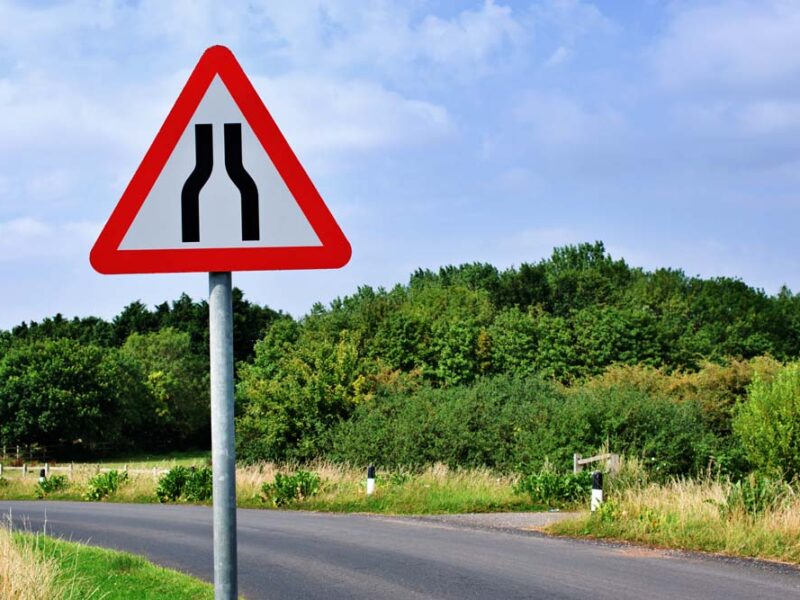
When Sat Nav’s Lead Lorries Astray!
Lorries getting into trouble and causing chaos in the small country roads of Great Britain have been making headlines again. Whilst a lot of this content is amusing and no doubt is a winner with internet audiences there is a very serious side to these incidents…

Traffic Commissioners 2023-2024 Report – the Highlights & the Lowlights of the Year
In early October the Traffic Commissioners of Great Britain published their annual report. The report encompasses the purpose of the individual Traffic Commissioners who are independent regulators for the goods vehicle and public service vehicle industries and their professional drivers…
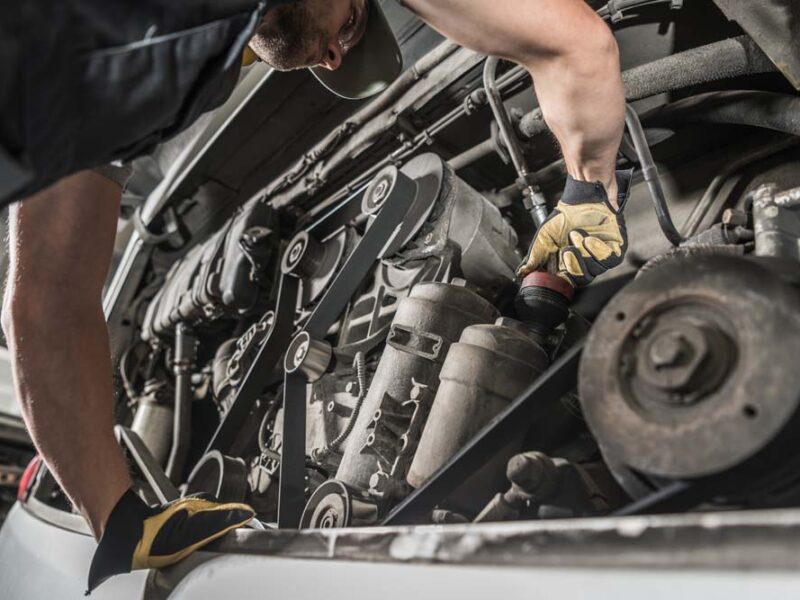
Vehicle Maintenance Data Collected by the DVSA
In a recent ‘blog’ by the DVSA’s Danny Charles the amount and type of data that the DVSA collects was discussed. Some may find it surprising how much data the DVSA holds and makes available to the general public on individual transport businesses…

Murky Mini-Bus Waters in UK?
There has been reports in the industry news concerning the number of illegal operators of mini bus services who are operating un-hindered by the regulatory enforcement agencies…

Driver CPC – Changes Coming in 2024 and 2025
The Driver Certificate of Professional Competence (DCPC) was introduced in the UK in 2007, as specified in EU Directive 2003/59/EC for all commercial drivers…

Driving in the UK? Read about the latest Rule Changes in 2024
Earlier this year various new driving laws were introduced, impacting both standard road users as well as HGV and PSV road users across England, Wales & Scotland. If you are driving in the UK, especially if you are a commercial driver, then you should ensure that you are aware of these amendments and new rules…
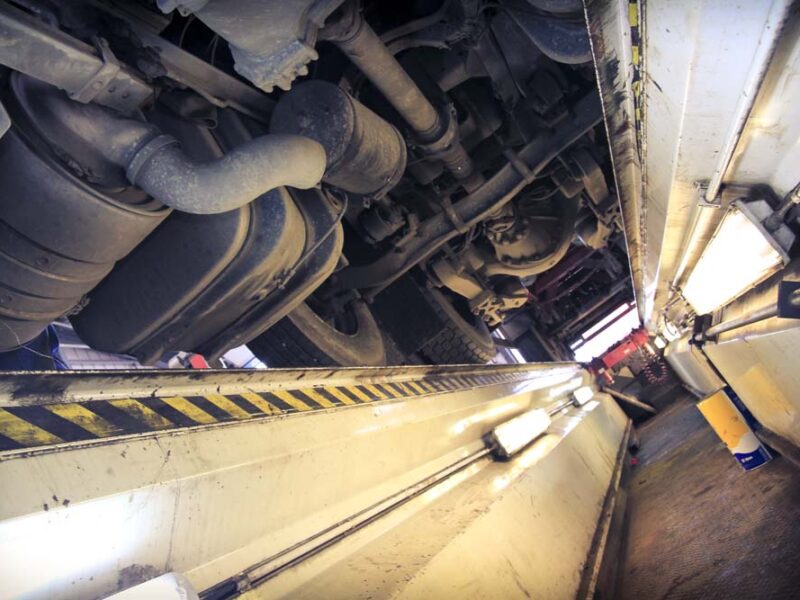
Are You Taking your Responsibilities to Maintain your Vehicles Seriously?
Running a haulage business is not an easy undertaking. There are a multitude of decisions to be made on a daily basis before any driver actually gets behind the wheel and delivers the goods (or passengers!).

Update to the Guide to Registering & Operating Local Bus Services in England & Wales
The Senior Traffic Commissioner’s guide to registering and operating local bus services in England and Wales is intended to help operators of local bus services understand the requirements for registering a service.
